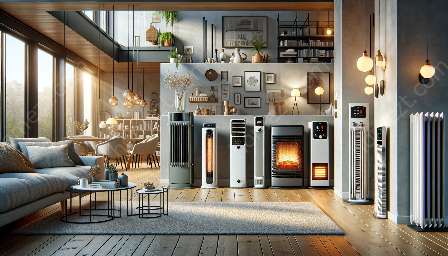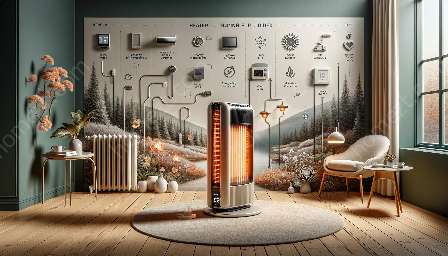As winter approaches, the importance of efficient and reliable heating becomes paramount. In this comprehensive guide, we will delve into the world of thermostats for heaters, explore their functionality, discuss the different types available, and provide valuable insights into maximizing comfort and energy efficiency.
Understanding Thermostats for Heaters
Thermostats are essential components of heating systems, responsible for regulating temperature and ensuring optimal comfort within a space. When paired with heaters, these devices play a crucial role in maintaining a consistent and comfortable environment, while also contributing to energy savings.
How Do Thermostats Work?
Thermostats operate by sensing the ambient temperature and activating the heating system when the set temperature falls below the desired level. Once the target temperature is reached, the thermostat signals the heater to turn off, effectively maintaining a steady and comfortable climate.
Types of Thermostats for Heaters
There are several types of thermostats designed for specific heating systems. These include:
- Traditional Mechanical Thermostats: Featuring simple dial controls, these thermostats are user-friendly and offer basic temperature regulation.
- Digital Programmable Thermostats: These advanced models allow users to schedule temperature changes, optimizing energy usage based on occupancy patterns and preferences.
- Smart Thermostats: Equipped with Wi-Fi connectivity and advanced sensors, smart thermostats can adapt to user behavior and offer remote access for enhanced control and energy savings.
- Zoned Heating Thermostats: Ideal for larger spaces or multi-room heating systems, these thermostats enable independent temperature control for different zones, maximizing comfort and efficiency.
Benefits of Using Thermostats for Heaters
Integrating a thermostat into your heating system offers numerous benefits, including:
- Energy Efficiency: By regulating the operation of the heater based on the actual need for heating, thermostats help minimize energy wastage and optimize energy consumption.
- Comfort Customization: Users can set and maintain their preferred temperature levels, ensuring a comfortable living or working environment throughout the day.
- Cost Savings: With precise temperature control and energy-efficient programming, thermostats contribute to lowering energy bills over time.
- Environmental Impact: Reduced energy consumption translates to a smaller carbon footprint, making thermostats an eco-friendly choice.
Choosing the Right Thermostat for Your Heater
When selecting a thermostat for your heater, consider factors such as the type of heating system, the size of the space, and the desired level of control and automation. For traditional heating systems, a digital programmable thermostat can offer significant energy savings and convenience, while smart thermostats present cutting-edge features for tech-savvy users.
Maintenance and Care
Regular maintenance of thermostats can extend their lifespan and ensure reliable performance. It's important to check and replace batteries in non-wired thermostats, clean dust and debris from the unit, and test the accuracy of temperature readings periodically.
By understanding the functionality of thermostats for heaters and leveraging their benefits, individuals and businesses can achieve a harmonious blend of comfort, energy efficiency, and cost-effectiveness in their heating solutions.






















































